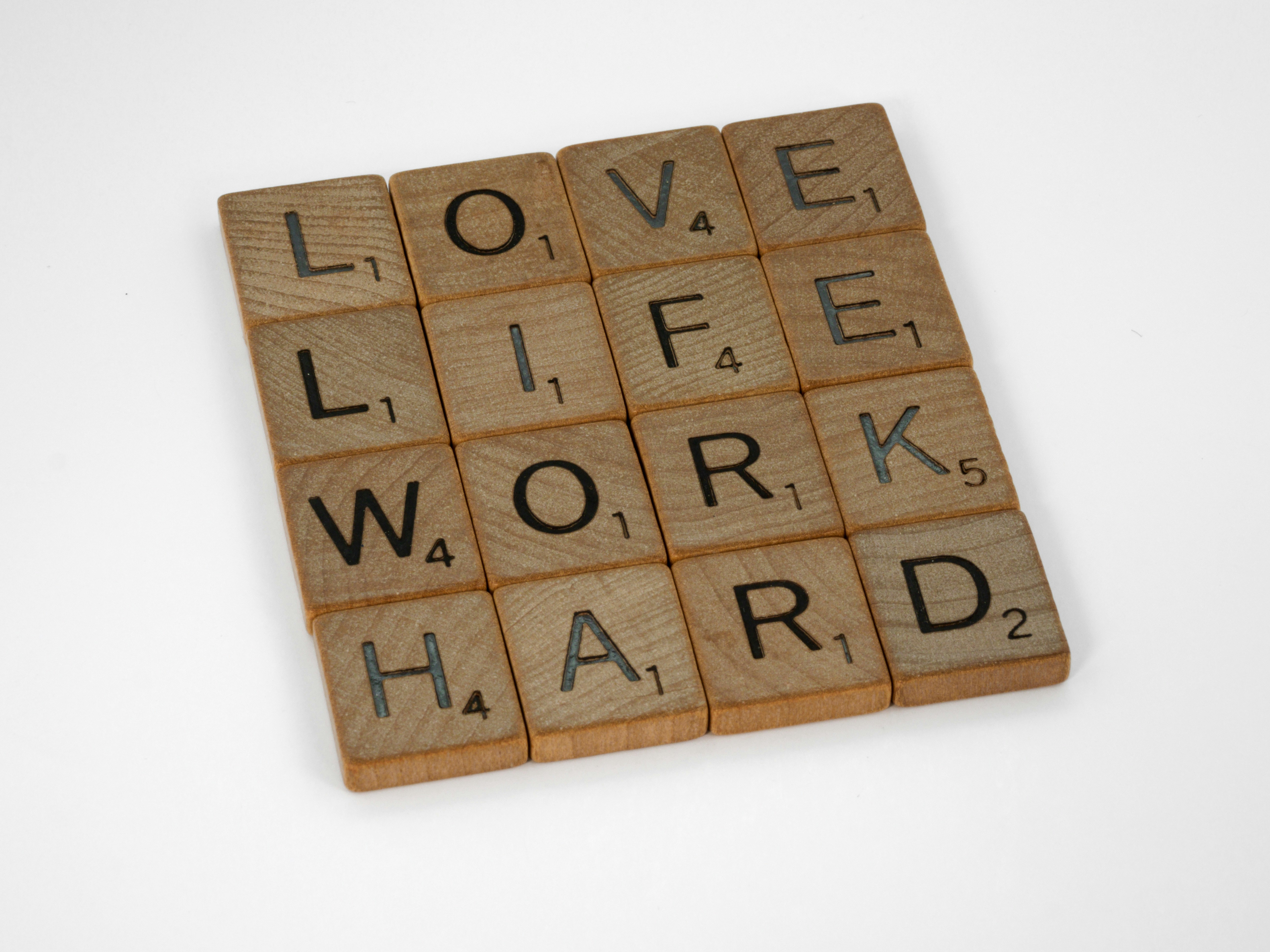
Achieve A Smarter Balance Between Work And Life To Elevate Your Routine
Blending productive hours at work with meaningful downtime after hours helps restore your energy and leaves you feeling more content. Juggling meetings, deadlines, and family responsibilities often pulls you in different directions, making it easy to feel overwhelmed. Paying attention to your daily patterns, making simple adjustments to routines, and finding small moments of enjoyment can create a steadier balance between action and rest. This way, you remain focused and energetic during work hours, while also being able to unwind and enjoy your time away from the office.
Advertisement
Finding a sharper blend of effort and downtime requires curiosity and small experiments. You might reshape how you tackle spreadsheets or swap scrolling through feeds for a quick walk around the block. Each tweak builds momentum, and before you know it, you work with more focus, enjoy deeper breaks and finish each week feeling more relaxed instead of exhausted.
Benefits of Better Balance
Maintaining a healthy mix of work and rest offers real advantages that go beyond feeling rested. You improve your attention, generate new ideas and lift your mood.
Here are some key benefits to guide your efforts:
- Clearer Focus: You sharpen your mind when you alternate intense work sessions with restorative pauses.
- Stronger Relationships: You bring more patience and presence to conversations when you aren’t exhausted.
- Boosted Creativity: Stepping away from screens sparks fresh ideas and new perspectives.
- Improved Well-Being: Regular breaks reduce tension and support better sleep.
- Sustained Motivation: You feel more driven when work energizes rather than drains you.
All these benefits reinforce each other, creating a cycle of progress. As you make small adjustments, you turn stressful days into steady, satisfying progress.
Evaluating Your Routine
Tracking how you spend your time reveals habits that drain energy and areas that need more attention. Begin by keeping a simple log for one week, noting blocks of work, breaks, commuting and off-hours activities.
Identify patterns. Do you hit a slump mid-afternoon and reach for snacks or social media? Do late-night emails cut into your sleep? Recognizing these trends helps you choose one thing to improve first, like reducing meetings by 10 minutes or stepping outside after lunch instead of scrolling.
Next, examine your energy peaks. Some people thrive with creativity early in the day. Others find their stride after sunset. Use your log to identify periods of high productivity and match your most demanding tasks to those times. This plan increases output while protecting your off hours for genuine breaks.
Building Effective Work Habits
Creating routines that honor both focus time and recovery time keeps you sharp and adaptable. Small changes can make difficult work more engaging and lower burnout risks.
- Time Blocking with Break Reminders: Allocate fixed slots for deep work and schedule short walks or stretch breaks in between.
- Limiting Tool Usage: Close unnecessary tabs and mute notifications on *Slack* or *Teams* when you need undisturbed focus.
- Micro-Goals: Break large projects into small milestones you can complete in 30 to 45 minutes.
- Quick Start Checks: Begin work sessions with a two-minute outline of your goal. This quick step sharpens your focus.
- End-of-Day Routine: Pick a closing activity—like jotting down your top three priorities for tomorrow—to clearly separate work from personal time.
These habits work together. When you limit distractions and acknowledge small wins, tasks seem more manageable and stress decreases. After a few weeks, you will notice improved focus and more time for creative insights.
Adding Activities That Enhance Your Life
Life outside work replenishes your energy reserves. When you include simple pleasures in your daily routines, you create moments to look forward to and reduce stress naturally.
Select a few hobbies or small adventures that bring you joy. You might trade one evening of TV for a 20-minute walk in your neighborhood. You could replace social media at breakfast with reading a chapter of a favorite book. These small rituals accumulate and make your day more interesting.
Link activities to familiar cues. For example, if you fill a reusable water bottle each morning, use that moment to recite a quick gratitude list. While waiting for coffee to brew, listen to a favorite song. These pairings embed small joys into chores and keep playful moments within reach.
Overcoming Common Challenges
Even the best plans encounter obstacles. You might face last-minute deadlines, a flood of incoming messages or tasks that take longer than expected.
When unexpected demands arise, pause and choose one immediate action. You could delegate a follow-up email, postpone a non-urgent meeting or take a two-minute breathing break before returning to work. This simple step resets your mind and prevents mistakes caused by rushing.
Avoid juggling everything simultaneously. When projects overlap, assign each a dedicated time block and inform stakeholders of revised schedules. Even a modest extension can keep stress levels low and quality high. Being transparent helps others stay on the same page and encourages a culture that values balance.
Adjust your routines by listening to your energy levels, setting boundaries, and adding joy. Small, consistent changes help you develop a healthier rhythm that improves productivity and satisfaction. Each step brings balance into your daily life.
Advertisement